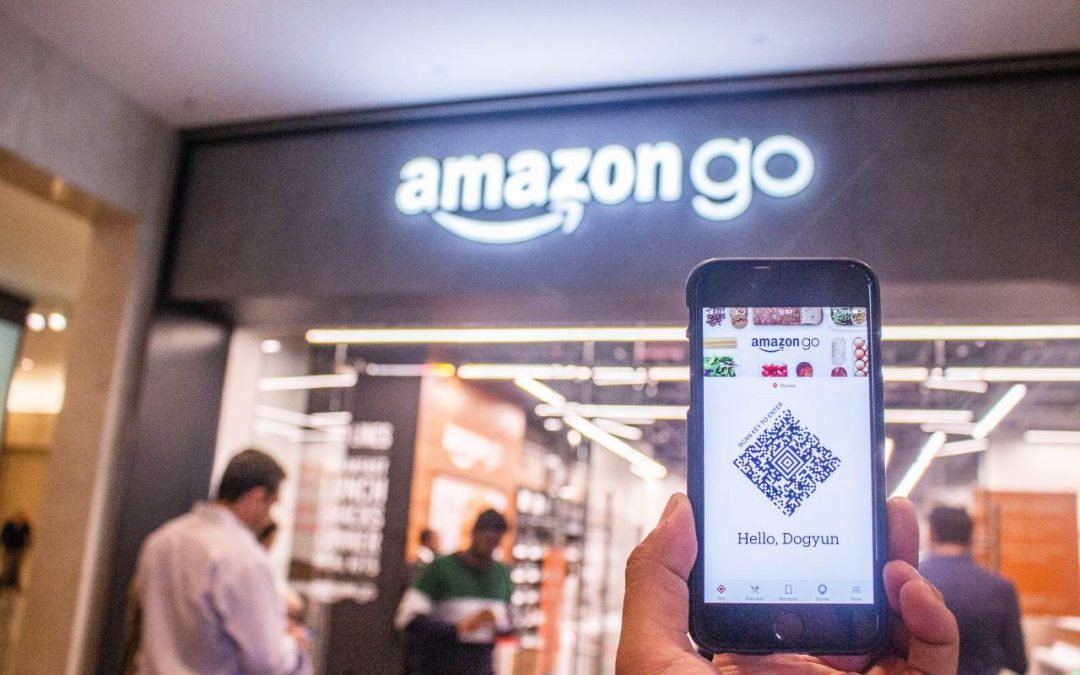A dynamic QR code is editable, unlike a static QR code that can only result in a static page. Additionally, the dynamic QR codes allow more features to be added, such as scan analytics, a redirection (based on customer’s device), password protection, and access management.
Dynamic QR codes also have a less dense QR code image, so your customers can scan more effectively.
Dynamic QR Codes vs. Static QR Codes
The fundamental of QR codes is that it contains a pattern of modules that directly represent the data it has. That is how QR codes work and the algorithm behind QR code images.
The downside is when you change the data encoded in the QR code, you are also changing the QR code image, which can be a problem. You should then change QR code images that have been distributed massively through your marketing campaign on print-out and websites. This can be a hassle. How to solve this inconvenience?
Back in 2008, we found the simplest way to address this problem. You can place a short URL into a QR code to change the page of redirected URL instead. This way, the QR code content remains the same, containing that short URL, but where the customers are sent after they scanned the QR code could be changed behind the scenes.
This approach however, doesn’t necessarily make the QR code “dynamic” because the contain remain the same. But by putting an editable short URL into the code gives the immpression that you can change the QR codes and achieve the outcome we are looking for. This is how all dynamic QR codes work to this day.
So in a static QR code, it contains the actual destination website URL, which can’t be modified. In comparison, a dynamic QR code contains a short URL that redirects the users to the intended destination URL. Thus, we can change the short URL redirection destination even after the QR code has been created.
The Benefits of Dynamic QR Codes
Dynamic QR codes extend the versatility of a single QR code because even if the QR code is published, you can still change the destination at will without replacing it with a new QR code image every time the destination changes. A single QR code can be used permanently in and out when required. You can link to your website this week, then YouTube video next week, your Facebook page after that, or offer different seasonal coupon pages over time.
They are also handy when you have a temporary URL that will be changed once the final content is ready, but the QR code needs to be created ahead of time, if the actual URL of your content changes unexpectedly, such as website rebuilt, or to protect the operation of the QR code from unexpected circumstances in the future.
Dynamic QR Code has become a crucial part of any marketing campaign ever since it found its way into the commercial world. For more information on this technology and how it can boost your business, discuss with our QR Code Solution specialist today.
Image Credits: Simon Bak

